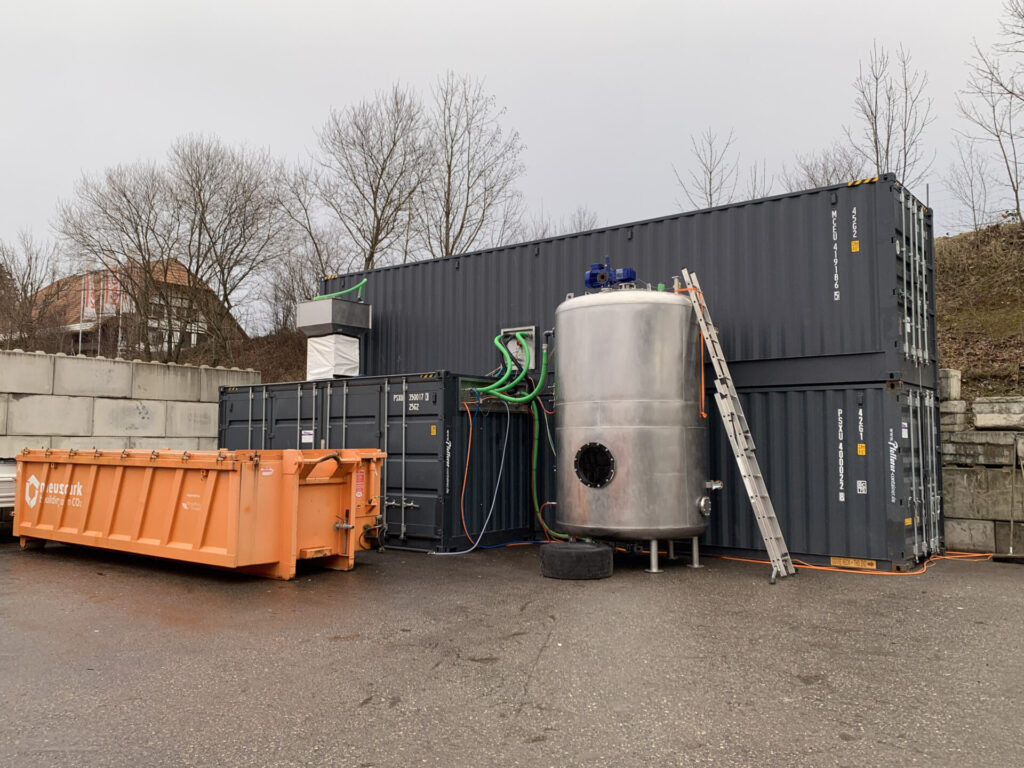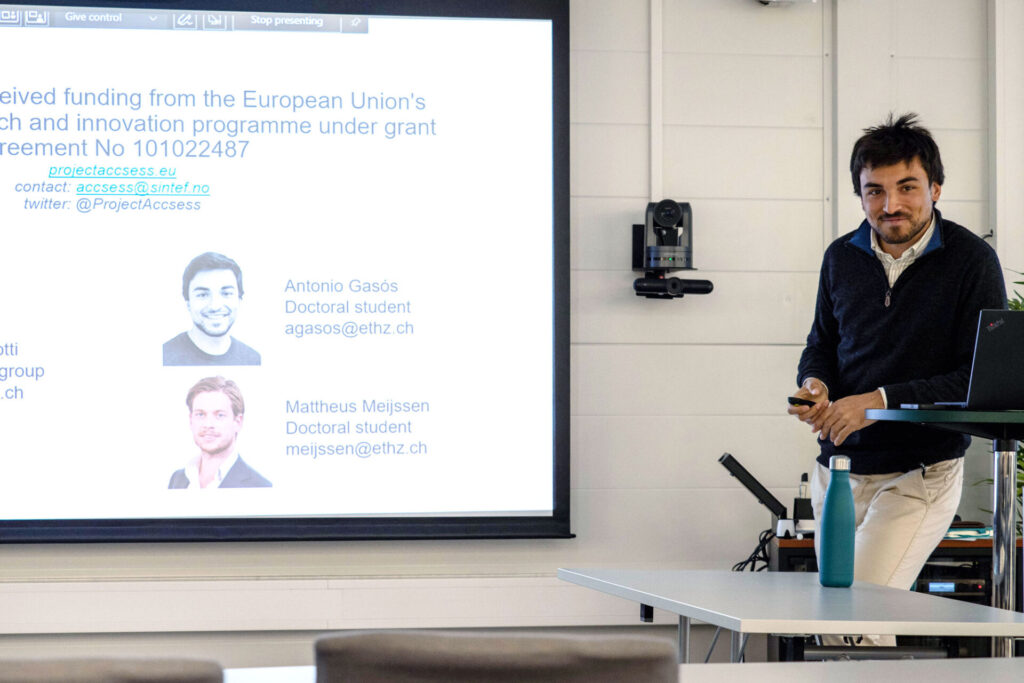
|
|
|
Are plants the key to succeeding with carbon dioxide removal?
|

|
Plants capture CO2 naturally through photosynthesis. When those plants decay or are burned, the CO2 is released back into the atmosphere. However, if we capture and permanently store those CO2 emissions, we can actually remove CO2 from the atmosphere. This is known as carbon dioxide removal – or CDR.
|
ACCSESS has created a video explaining how the project is investigating the CDR potential of implementing carbon capture and storage on pulp and paper.
|
|
|
LCA as a tool for understanding environmental impacts and benefits of CCUS and alternative fuels: insights from the second LCA to CCUS & alternative fuels workshop
|

|
On 7 March 2024, the EU Horizon 2020 projects ACCSESS and ConsenCUS co-hosted the second LCA to CCUS and alternative fuels workshop. Life cycle assessments are highly relevant for understanding the potential of CCUS to contribute to EU climate strategies and goals.
|
|
|
Exploring Public Perception on CCUS in Europe: A Social Media Analysis Approach
|

|
As part of ACCSESS, Fraunhofer has investigated the perception of carbon capture, utilisation and storage (CCUS) technologies in Europe. In addition to a traditional survey, Fraunhofer conducted a social media analysis and a sentiment analysis. This was to ensure that the data was as representative of people’s true attitudes towards CCUS as possible.
|
|
|
What are the environmental impacts of CO₂ capture, transport and storage?
|

|
In order for CCTS to contribute to our net-zero goals, its value chain must store more CO2 emissions than it creates. To investigate this, PhD candidate Johannes Burger has conducted a life cycle assessment on four European CCTS value chains that are being focused on in ACCSESS: two cement plants, a pulp-and-paper plant, and a waste-to-energy plant.
|
|
|
Demonstration plant for industrial waste recarbonation successfully commissioned
|

|
A pilot plant for demonstrating alkaline industrial waste recarbonation is being put into operation. This plant was built by Neustark in collaboration with ETH Zürich, and is part of ACCSESS' "Piloting of recarbonation of demolition concrete fines" innovation.
|
|
|
ACCSESS PhD student presents on mineral carbonation
|

|
ACCSESS has several PhD candidates working on the project. One of them is Antonio Gasós, who is a PhD researcher at ETH Zürich under the supervision of Professor Marco Mazzotti.
|
On 26 April, Antonio presented during a lunch seminar at SINTEF Energy Research on mineral carbonation. Mineralization of industrial residues (such as slags, ash, dust and recycled concrete aggregates) has the potential to store up to 360 Mt of CO2 per year, and the resulting products can be used to generate value.
|
Antonio's presentation gave an overview of the field, with a focus on the applicability of mineral carbonation to a variety of industrial wastes, existing technologies, and ongoing scale-up efforts.
|
|
|
Recordings from ACCSESS Lunch Webinars from April now available on YouTube
|

|
In April, we had the first four webinars in a series of ACCSESS Lunch Webinars, featuring presenters from the entire project.
|
Recordings of the webinars (minus the Q&A) can be found either in the respective webinar posts on the website or in the ACCSESS playlist on YouTube.
|
|
|
|
|
Feel free to share this copy with a colleague or friend.
|
|
|
|
|
|
 
|

|